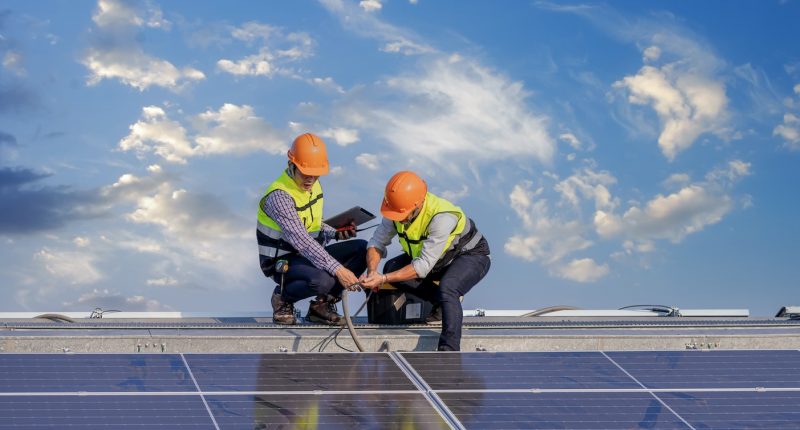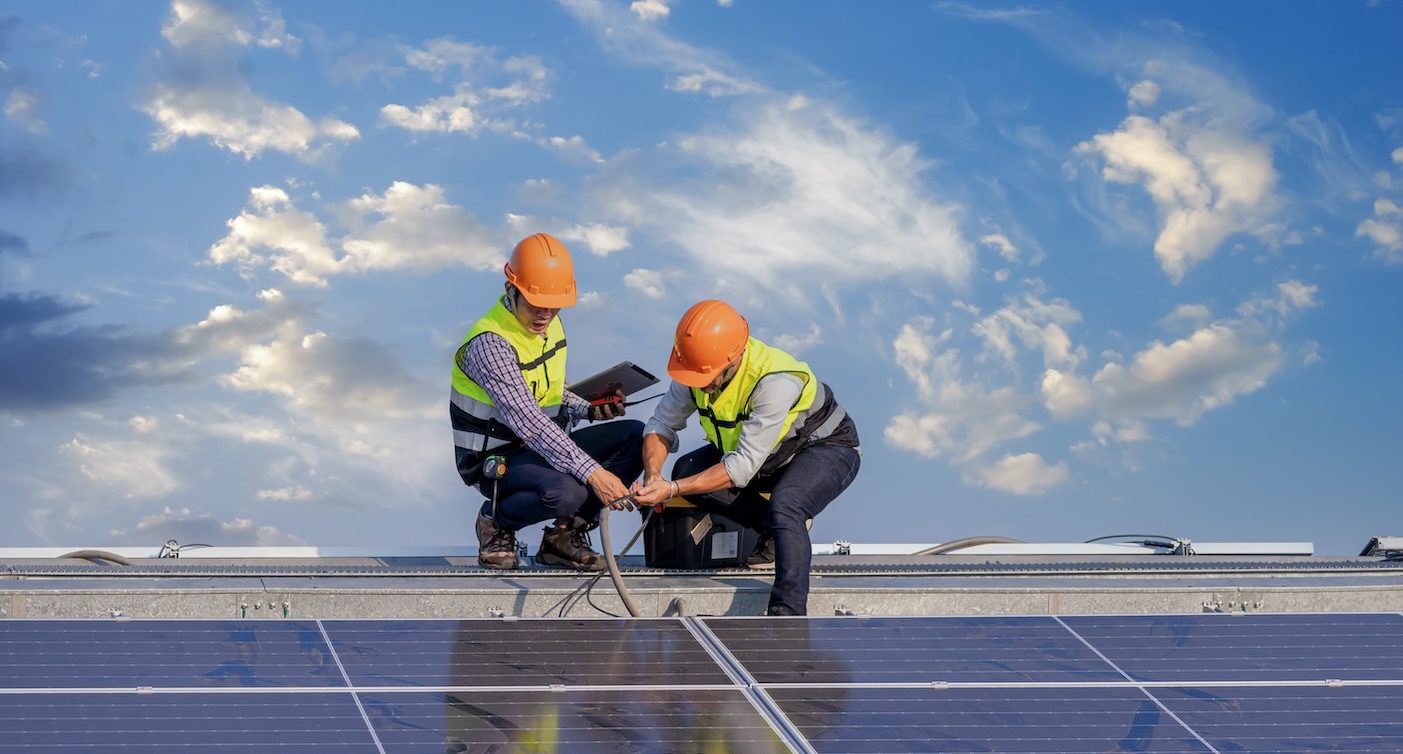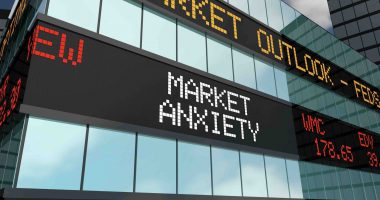Only one day after establishing a “Net Zero Economy Authority” for Australia, whatever that means – ‘Net Zero’ has no legal definition – Anthony Albanese has unveiled his plan to invest $1B in the Australian solar sector.
Regular readers of this journalist’s work will know that I’m not a climate change denier. In fact, I like to talk about it wherever I can.
Personally I think the market has failed to price in the future our planet is facing.
But today’s sensational news from Canberra to step in and bolster Australia’s good old solar manufacturing industry – which of course also came with rhetoric surrounding Chinese manufacturing dominance – hides another story.
Australia is going to miss its 2030 climate targets. All of the noise we’ve heard about decarbonisation, the energy transition, and the end of the 2020’s – none of it matters. We aren’t going to get there.
Analysts at Oxford Economics have forecast this. So has the global authority on the decarbonisation thematic wholemeal, the International Energy Agency (IEA).
Meanwhile, the independent body Climate Action Tracker has also labelled Australia’s journey towards its 2030 targets as insufficient.
But all of this raises a good question – what happens, come 2030, when we haven’t met our targets? Who will enforce the punishment?
Probably nobody. The UN will probably issue a statement where they sound very cross, but at the end of the day, nothing will actually happen. Except for the continued warming of the planet, worse bushfire and rain seasons, and more heat deaths.
The UN has been pretty open about this itself since at least 2021. It isn’t just us – a whole lot of countries are probably going to miss their targets.
In the meantime, greenhouse gas emissions are at all time highs. As governments are wont to do; say one thing, ignore another.
So what will the $1B injection into Australia’s solar industry look like? For one, they want to make a solar manufacturing hub from Glencore’s Liddell Coal plant in the Upper Hunter Valley of NSW.
How much of that $1B will be used on just repurposing that aging infrastructure into being a solar panel production hub is a pretty good question we’ll probably hear at question time, if the opposition know where to poke holes.
AGL have come out in favour of the move – of course they have, one of Australia’s largest emitters – and so have a number of local solar panel companies.
Member for Hunter Daniel Repacholi’s rhetoric in announcing the news alongside our PM today was, on the whole, predictable.
“We’re here today to talk about jobs, jobs, and jobs,” he told the press.
There was no mention that we’re going to miss our 2030 targets, that emissions are at all-time-highs, and there definitely wasn’t any scope given on how long, exactly, it will take to repurpose an aging coal plant into a “solar hub.”
As a former spin doctor within the ALP-led public service ecosystem myself, all I can say – sounds about right.








